Photo courtesy Wild Grape Tours
Contributor Andrew Wagner-Chazalon takes one for the LuxuryNovaScotia Team and spends a day enjoying a Nova Scotia wine tour in the Gaspereau Valley
Commissions may be earned from our affiliate partner links
As we pull up outside our second Nova Scotia wine tour destination of the day, Randy looks at us in the rearview mirror.
“Our guide at this stop will be the owner, or a member of the family, or…” he pauses as an elderly man steps out of the barn ahead of us. “Looks like it’ll be Ian. He’s a real treasure! He planted the vines here and has never left.”
“Hey Ian!” he calls as we pile out of the van. “Still on the right side of the grass, I see.”
Ian cocks his head and laughs as he leads us to the porch outside L’Acadie Vineyards and begins to explain the terroir of this 30-acre vineyard, the confluence of geology and climate that gives wines made here their unique character.
Enjoying a Nova Scotia Wine Tour in the Gaspereau Valley
We are a group of eight, come together on an intimate tour to sample some of the many superb Nova Scotia wines currently being produced.
Our driver is Randy Banting, who co-owns Wild Grape Tours with Erika Banting, his wife. The couple has an extensive background in the food world; he owned a restaurant in the province of Ontario for many years, while she was food and beverage manager at a number of high-end private golf courses. A decade or so ago, they came to Wolfville, Nova Scotia, and fell in love with the town.

It’s an easy thing to do. Located in the Gaspereau Valley, which is at the western end of the Annapolis Valley, Wolfville is absolutely picture perfect. Home to around 4,500 permanent residents and about 4,000 Acadia University students, it’s perched on the edge of a UNESCO World Heritage site. Its streets are lined with perfectly preserved 18th and 19tth century mansions, homes that once housed captains of ships and of shipping who made their fortunes on the Bay of Fundy or in the lush farmland that stretches for miles along the valley.
Some of these homes have been converted into luxurious east coast accommodations, including the Tattingstone Inn, which Randy and Erika wound up purchasing. Soon after taking ownership, Randy says, they found that guests were asking about tours of the local wineries. There were no local companies offering winery tours at the time, so they bought a van and Wild Grape Tours was born.
World-class Wineries in Nova Scotia
These Wolfville winery tours have proved wildly popular, and often sell out in the summer. They’ve kept the experience deliberately small and intimate: the emphasis is on introducing guests to local wines and the people who make them, giving visitors a taste of the things that make this such a special place.
The other couples on today’s tour are all guests at the Inn, including a couple from Dallas who planned their entire trip around a stay at Tattingstone Inn after reading about it in a Texas travel magazine.
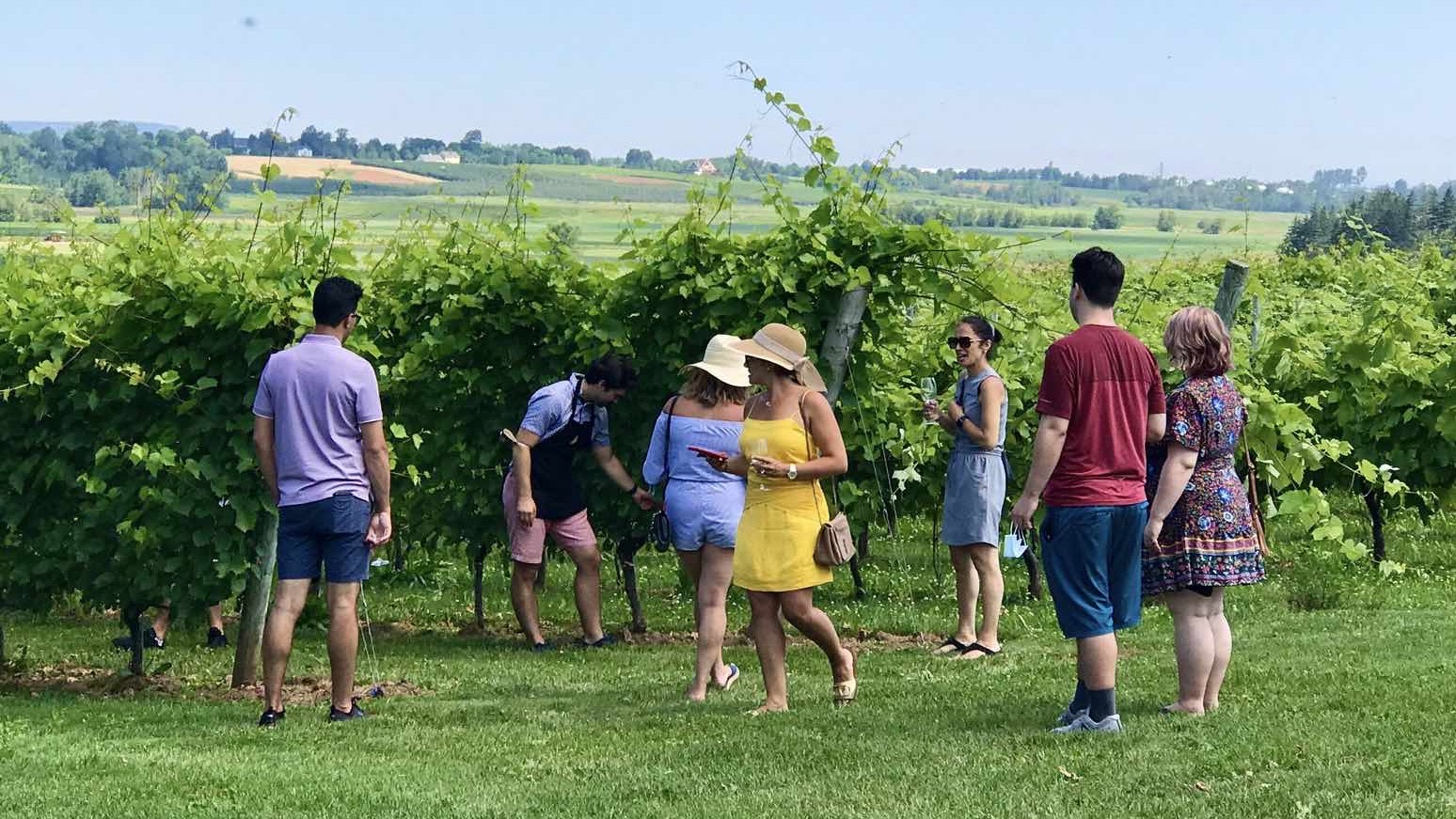
Each of the three wineries we will visit today was selected by Randy to showcase a different aspect of Gaspereau Valley winemaking. Together, they hint at the diversity that is to be found among the dozen wineries, and the hundreds of winemakers and grape growers, to be found amid the hills and valleys of this region.
It is the people and their hands-on approach to winemaking, as much as the soil and the climate, that give Nova Scotia wines their terroir, their unique essence.
Kicking off at Grand Pré
We start our day at Grand Pré. Founded in 1979, it is the oldest winery in Nova Scotia, a fact that can easily fool visitors into thinking the winemaking in this region is only a few decades old. In fact, it’s likely that wines were made here in the 1600s when the Acadians who settled here and carved out the farmland discovered that the climate was well suited to growing grapes.
In 1775, the Acadians were forced out of the province, rounded up and deported to the four points of the globe in one of the British Empire’s many acts of cruelty. Their farms and vineyard were parceled out to Loyalists from the American colonies.
Grape growing and wine making remained largely a backyard endeavour for centuries, though, with little thought to achieving international excellence, or even paying much attention to the varieties of grapes being grown.
When Hanspeter Stutz bought Grand Pré in 1994, it was already a vineyard filled with an assortment of mystery grapes. But the Swiss-born winemaker had other aspirations. He learned that Ontario growers had a new variety that was struggling in their warm climate and decided to see how it would fare in the cool summers, mild winters, sea breezes, and acidic soils of Wolfville. It thrived, and the wine it produced was excellent, so they planted more and more of it, naming it Tidal Bay in honour of the massive tides of the Bay of Fundy.
The Tidal Bay Appellation
These days, Tidal Bay is a registered appellation as well as the name of the vine. Winemakers who wish to call their wine a Tidal Bay must submit it for blind tasting by a panel of experts. They ensure the wine meets all of the requirements, which include only using Nova Scotia grown grapes, and going well with seafood.
“After all,” explains our host at Grand Pré, pouring glasses from a bottle of Tidal Bay, “if someone is coming to Nova Scotia to drink wine, there’s a good chance they’ll also be eating lots of seafood.”
The wine is off dry, with fresh fruit notes and the slightest hint of salinity. It would indeed be perfect with a plate of clams or some of the Bay of Fundy’s famous Digby scallops.
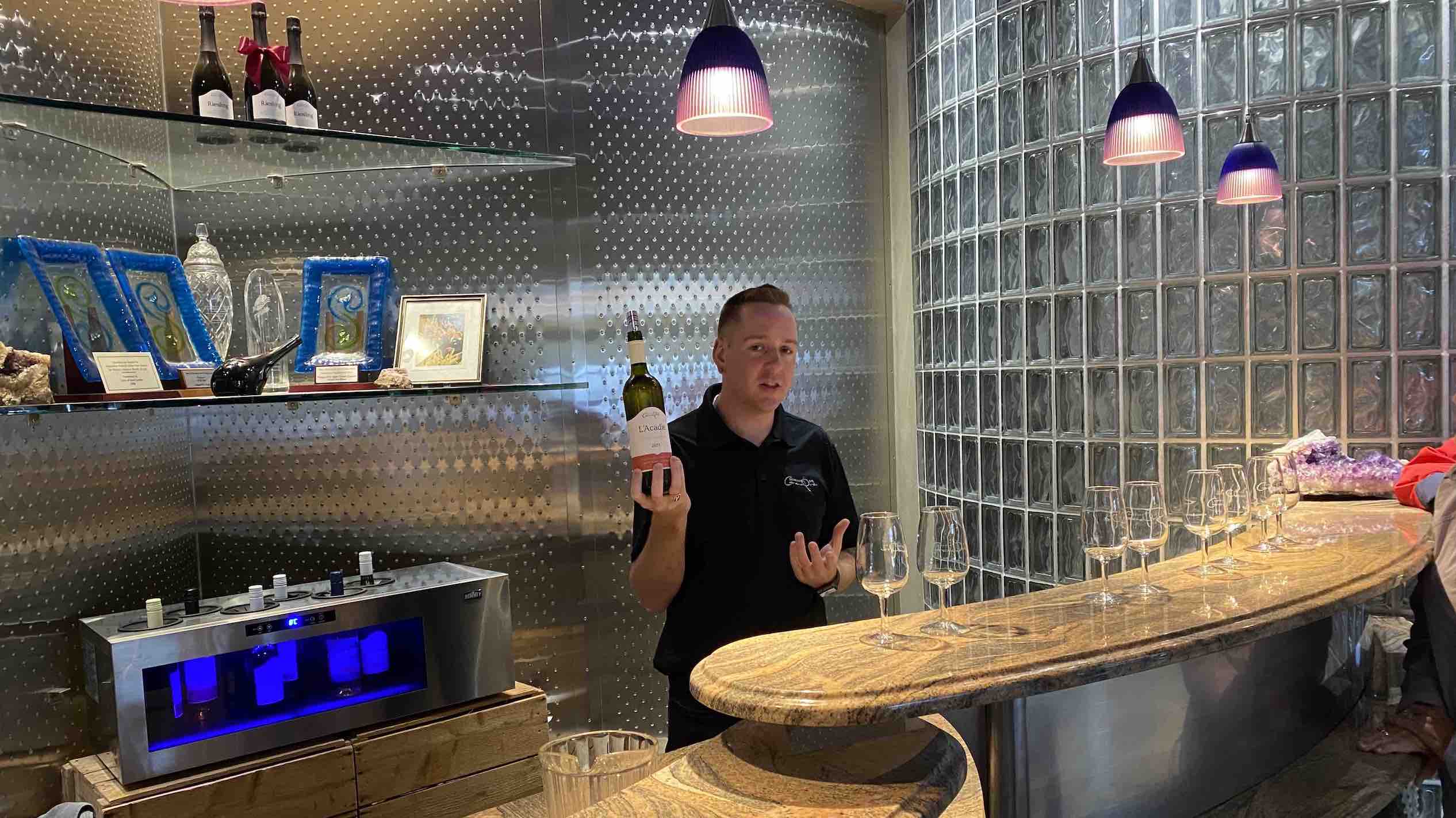
We are then served two more wines, including a lovely Castel, one of the few reds we will be served on this tour. With its relatively short and cool growing season, Nova Scotia is a challenging place to grow red wine grapes, which tend to prefer long, hot seasons. Those same growing conditions, however, produce a great many excellent whites and sparkling wines.
To finish our stop at Grand Pré we’re offered a choice that features the other famous fruit of the Annapolis Valley: apples. Most members of our tour opt for the apple crème liqueur, describing it as lighter, fruitier, and less sweet than Bailey’s and its competitors.
I choose a taste of Pomme D’Or Ice Cider. Like the better-known ice wines, ice cider is made from fruit that has been allowed to freeze, concentrating the sugars and adding tremendous complexity of flavours. It’s a glass you can lose yourself in, as aromas of spiced apples and dried fruit swirl above the amber liquid.
Lunch at Luckett Vineyard
Our next stop is lunch, but first Randy gives us a lesson in the local history. He pulls the van off at a lookout where we can see fields stretching out to the bay in the distance. All of this land, he explains, was once underwater. But it was reclaimed centuries ago by the Acadian settlers, who built an extraordinary system of dykes and ditches to exclude the Bay of Fundy’s massive tides and expose hundreds of acres of lush, fertile farmland.
Appropriately, our lunch is at another winery, Luckett Vineyard. It was founded by Pete Luckett, a greengrocer who became well known in the Maritimes as a regular guest on local news programs, where he shared tips on buying and using fruits and vegetables.
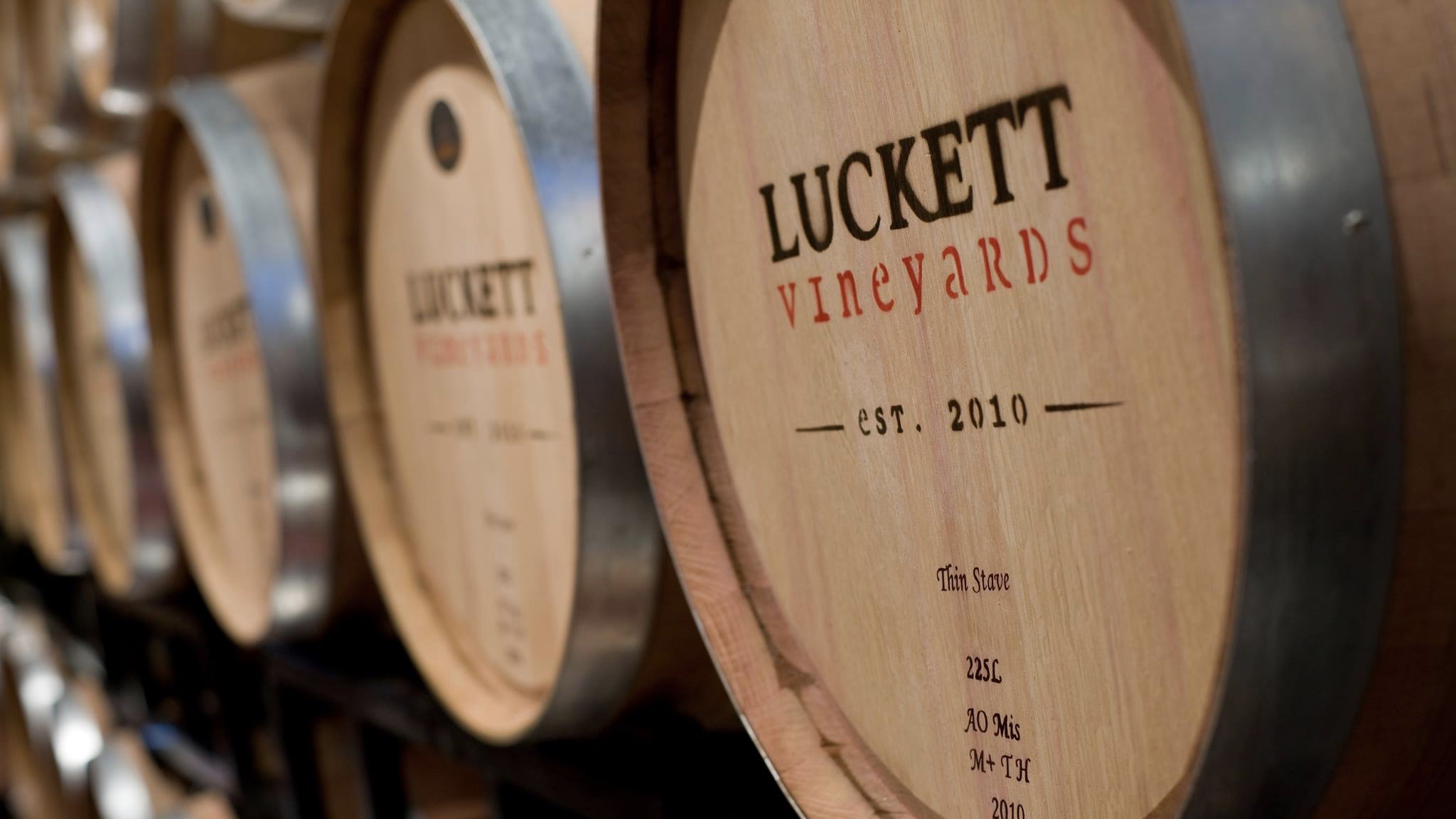
The vineyard he founded (and which his daughter now manages) features a spacious restaurant and stunning views. Out in one of the vineyards stands an old-school English phone box, where visitors can make international calls for free.
Randy advises us to try the seafood chowder. “It’s excellent,” he says, adding with a smile “although it’s not as good as mine.” The chowder is superb, with meaty chunks of lobster in a silky cream broth. I enjoy a cup of it, alongside a rich steak pie, made with tender chunks of meat and vegetables in an espagnole sauce made with Luckett Vineyard’s own Old Bill red.
L’Acadie: North America’s First Vegan Winery
Hydrated and sated, we make the short drive to L’Acadie and our meeting with Ian.
L’Acadie is the smallest vineyard on our Nova Scotia wine tour, with fewer than 10 acres of grapes under cultivation. It’s also unique in that it’s certified organic and vegan – the only such winery in Nova Scotia, and the first of its kind in North America.
The vegan designation catches some people by surprise, Ian says, but explains that it plays out in two ways: for one thing, there is no animal manure used on the fields, only composted vegetable matter. And secondly, most wines use small amounts of animal products, typically gelatin from beef or “finings” made from fish, to clear the wine of sediment. L’Acadie uses bentonite clay instead.
It’s a small thing for most visitors, but it matters a great deal to the wine makers and some of their clients. And it speaks to the care they take with every aspect of their craft.
Making Wine the Traditional Way
L’Acadie was a pioneer in other ways, too. They were the first Nova Scotia winery to make sparkling wines using the Traditional Method, the centuries-old practice of encouraging a secondary fermentation in the bottle. It’s time-consuming and laborious: each bottle needs to be capped, gently laid on its side, turned periodically as it ferments over many months, then reopened to release the sediment before a finally corking. But the results are worth it.
Their sparkling wines have won international acclaim, and as Ian opens a bottle of Brut, it’s easy to see why: the bubbles are fine and delicate, the aroma complex and multi-faceted. Is that walnut? Perhaps a hint of peach? Certainly something deep and mineral, as befits wines that have grown on this ancient sea bed.
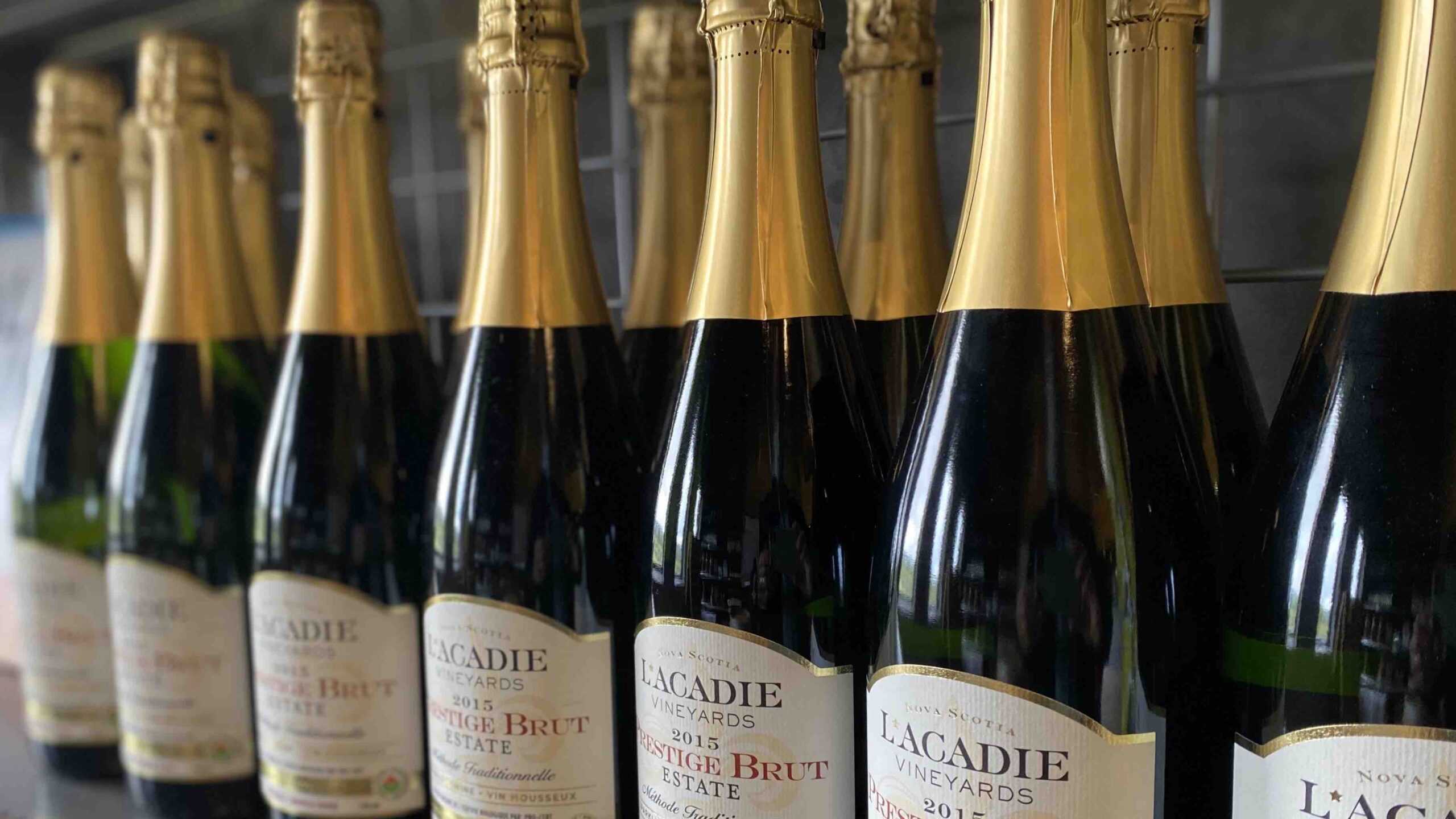
Back in the van, Randy explains that Wild Grape Tours is adding a terroir tour, one that pairs chefs and winemakers and gives visitors a chance to truly explore the unique flavours of the Gaspereau Valley. It’s an appropriate offering for Wolfville, where the foodie culture reigns supreme.
In the off-season, winemakers and chefs host various events (including a chowder challenge, Randy adds). Every October the town is home to Devour, an international festival of food-themed films.
Last Stop on Our Nova Scotia Wine Tour: Benjamin Bridge
Our final stop of the day is at Benjamin Bridge. With around 100 acres of grapes under cultivation, this is a large vineyard, producing around 60,000 cases a year of Tidal Bay alone. It was founded in the early 2000s by Gerry McConnell and Dara Gordon, lawyers who lived in the area and worked in Halifax.
“They drove through this property every day and said, ‘this looks like wine country,’” says Pascal, our tasting guide.
Although the vineyard is large by Nova Scotia standards, head winemaker Jean-Benoit Deslauriers is a big believer in gentle, hands-on creation. He practices wild fermentation, meaning that the wine is fermented by airborne yeasts that live in the vineyard and winery rather than using specific strains of dried yeast.
That method is at the heart of Nova Seven, the most successful wine at Benjamin Bridge. They produced a small batch of it as a fun experiment in 2007 – hence the name – applying wild fermentation to Muscat grapes. The result was an instant success, generating rave reviews and selling out almost instantly.
Cheers to the Wines of the Gaspereau Valley
The original plan had been to follow up with small batches every year – Nova Eight, Nova Nine, and so on, Pascal explains – but the wine was so successful that the name stuck.
“We had people saying, ‘you’re the people who made Nova Seven, right?’. And so, we kind of had to stick with the name.”
Still, each year’s Nova Seven is a true vintage, varying annually depending on the weather. It is consistently fresh and floral, though, with tropical notes. It is also one of the very few Nova Scotia wines available in stores outside the province (although all of the wineries we visited will ship wines directly to consumers).
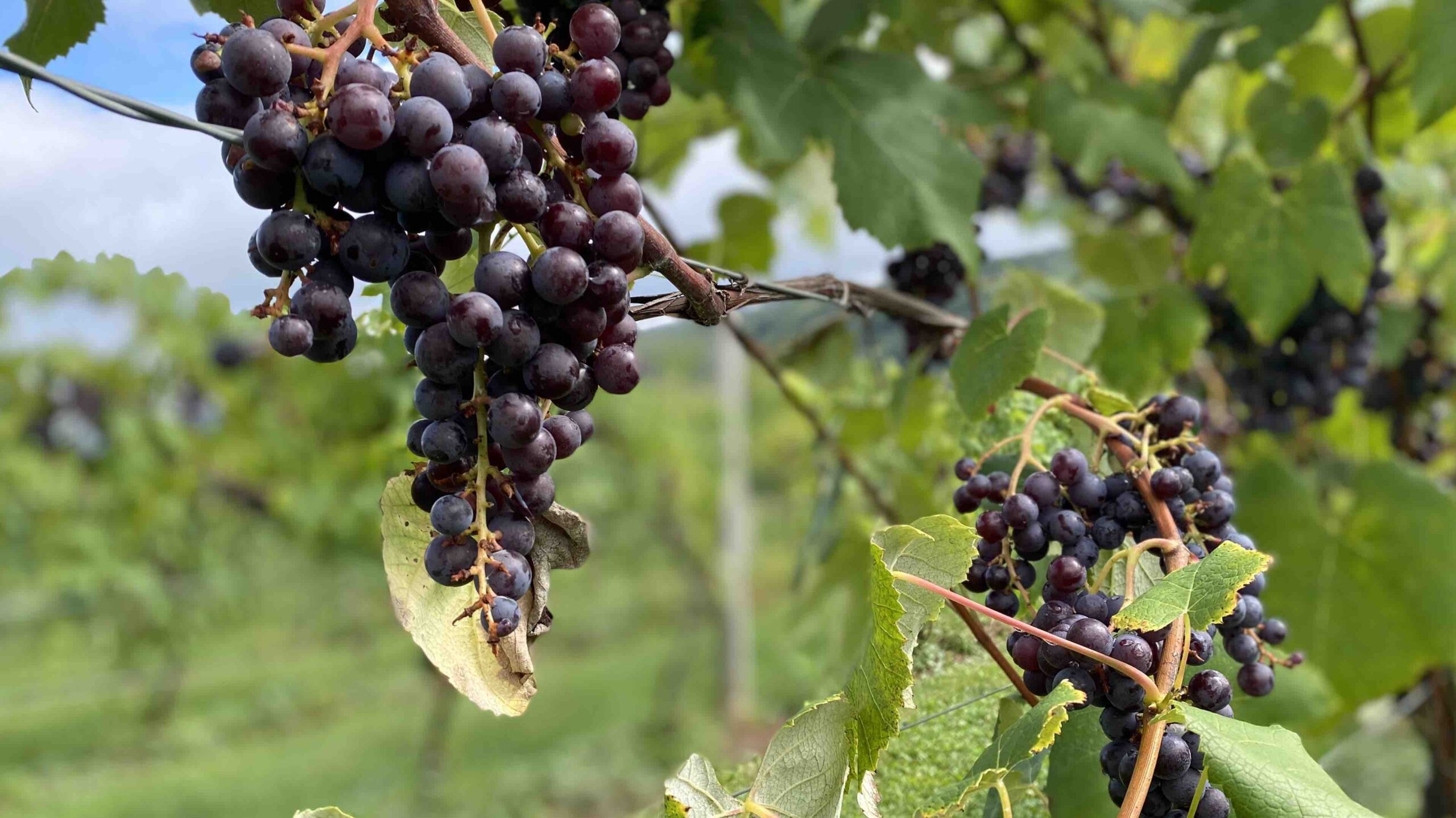
If you get a chance to pick up any 2019 Nova Seven – or any other 2019 Nova Scotia wines – Pascal advises, don’t hesitate. Frosts that year killed off a lot of the crop, so production was low, but the wine was superb.
As we taste the last of the day’s wines, standing on the edge of the rolling vineyards and watching the afternoon sun glint off the rows and rows of vines, the conversation with Randy and Pascal turns from wines to beer.
The two of them begin discussing what’s worth trying at some of the new local breweries, and I make mental notes of the next tour I need to do. Clearly, you could spend a long, long time in the Gaspreau Valley and never run out of delightful things to consume.
To learn more about these must-do Nova Scotia wine tours, visit www.wildgrapetours.ca.
Where to Stay in Wolfesville, Nova Scotia
Whether you’re visiting the Gaspereau Valley for its stunning natural beauty, are here for a tour of one of its great wineries, or are looking for a luxurious getaway, check out these “Riley Recommended” luxury hotels and resorts. In addition to offering that famous East Coast hospitality, they each offer top-notch service and amenities.
Whatever your needs may be, from romantic couples retreats to family getaways, these establishments have everything you need for a memorable visit.
Old Orchard Inn & Spa
One of the top hotels in Wolfeville, Nova Scotia, the Old Orchard Inn is set atop a hill and offers superb views over the Minas Basin. Comfortable rooms and a luxe spa add to the ambience.
Reviews, Rates, & Reservations: Visit the Old Orchard Inn & Spa for details.
Tattingstone Inn
One of the top historic hotels in Nova Scotia, the Tattingstone Inn is set in a home built in 1874 and surrounded by a lush garden. Chic rooms and a classy lounge round off a classy stay.
Reviews, Rates, & Reservations: Visit Tattingstone Inn for further details.
The Evangeline Inn & Motel
Located near Wolfeville in the small community of Grand Pre, this unique property is set on five-acres and boasts comfortable accommodations and a great on-site restaurant.
Reviews, Rates, & Reservations: Visit Evangeline Inn & Motel for more info.
____________________
Andrew Wagner-Chazalon is the managing editor and CEO of Dockside Publishing, and writes about the luxuries to be found in Muskoka and throughout Central Ontario. And yes, he had fun (a lot of fun!) on his Nova Scotia wine tour…


Meet England’s V8 Beauty: The Spectacular Eadon Green Zeclat
Contributor TMA Howe recently visited Yorkshire, England, for a close-up look at the luxurious Eadon Green Zeclat

Big & Bougie: The 2024 BMW X7 vs. 2024 Mercedes-Benz GLS
Pitting the 2024 BMW X7 M60i against the 2024 Mercedes-Benz GLS 580.Both have heaps of power through V8 engines and are big and bougie
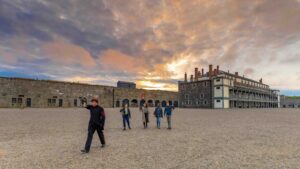
Spirited Adventures at the Best Halifax Museums and Attractions
From spirit tours to tracing family roots, Contributor James Ross explores some of the best attractions and museums in Halifax
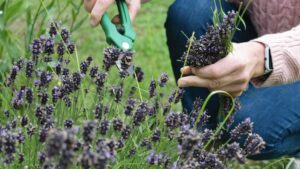
Old-fashioned Cutting Gardens Are Making a Comeback
Green-thumbed gardening enthusiast Andrew Wagner-Chazalon shares these tips for growing the perfect cutting garden

The Ultimate Bespoke Benz: Mercedes-AMG G 63 – G Wagen
Big, boxy, brawny and bespoke: there’s nothing quite like the “G-Wagen” Mercedes-AMG G 63 with its handcrafted AMG engine


